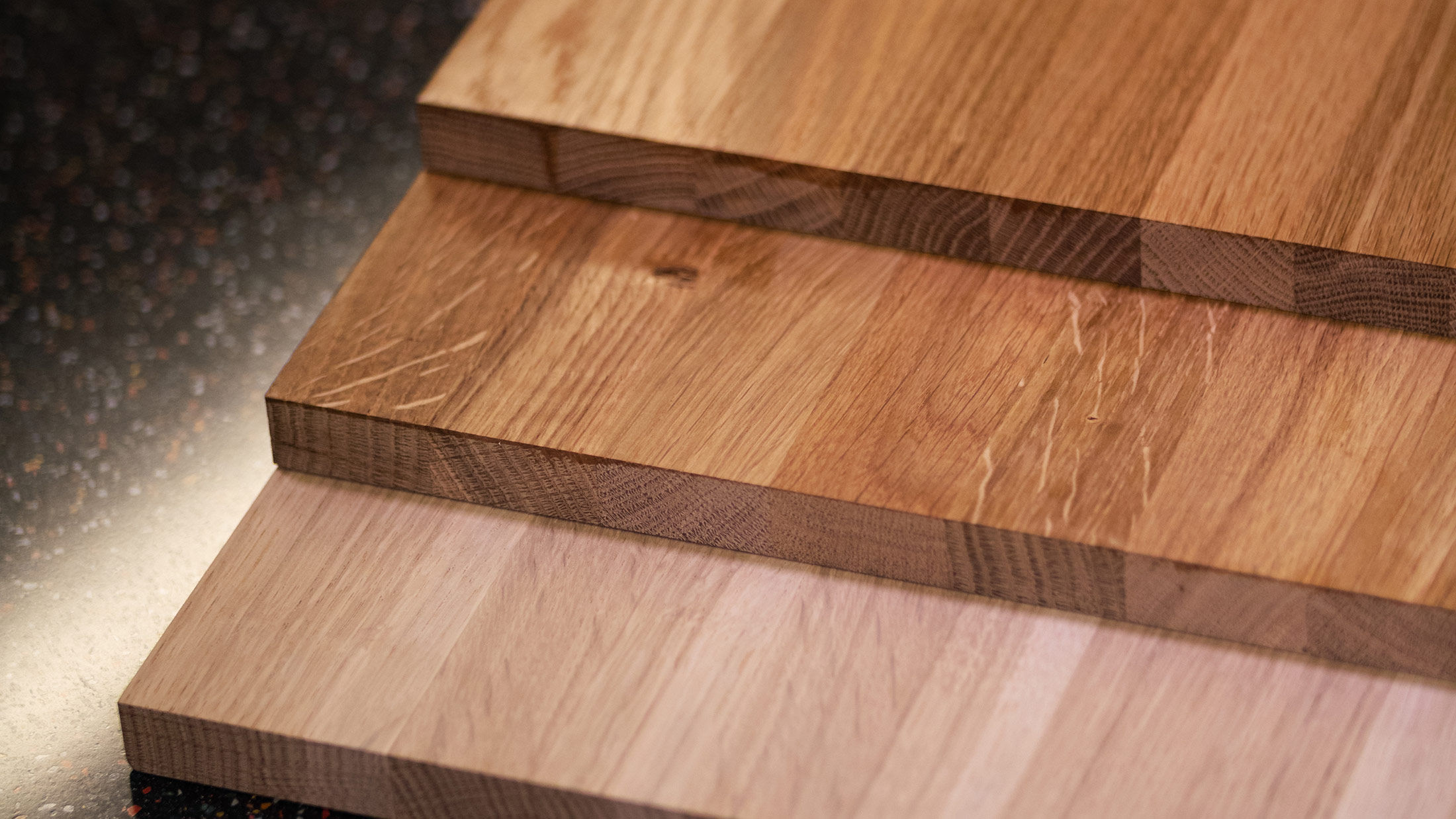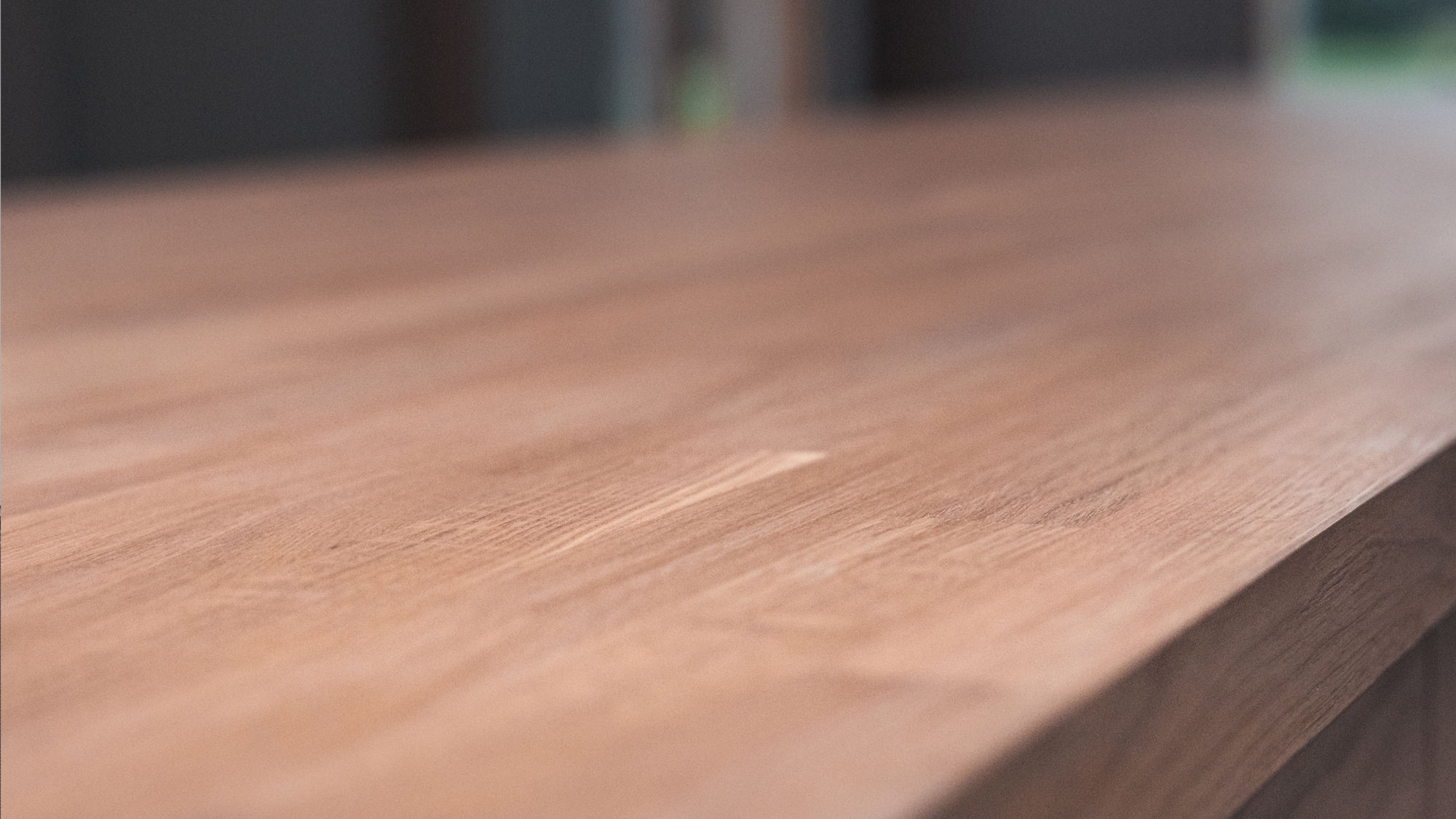2+1 years
Register Your Tool
All Mirka power tools have a standard two-year warranty. Get an additional 1 year of warranty free of charge by registering your tool within 30 days of purchase.
Keep your tools in excellent shape on myMirka where you can register, manage and order repair for your tools.
Replenish your stock, access marketing materials, view sales guides and read about upcoming product launches.
Choose the right belt for your surface
Choosing the appropriate sanding belt can be a challenge. You want to make sure to have the optimal abrasive for your sanding application and surface, otherwise you can damage both the surface and your belt sander.
Here you can learn more about what kind of we belt we recommend for your surface.
Learn more about what belt we recommend for different surfaces and applications
Choose the right belt to make more
Overall sanding costs can be minimized simply by choosing the most suitable
product for each sanding operation. That means:
Optimizing belt life with the right application
The lifespan of the belt can be further increased by ensuring that the sanding
equipment is correct and used properly:
Recommended grit size use
In general, the first sanding belt is used for stock removal, while the following
belts are only used for creating an even surface finish.
| Grit size | Use |
| P24-P80 | Coarse sanding, calibration |
| P100-P220 | Sanding before coating |
| P220-P500 | Intermediate sanding |
| P600-P1200 | Pre-polishing sanding |

